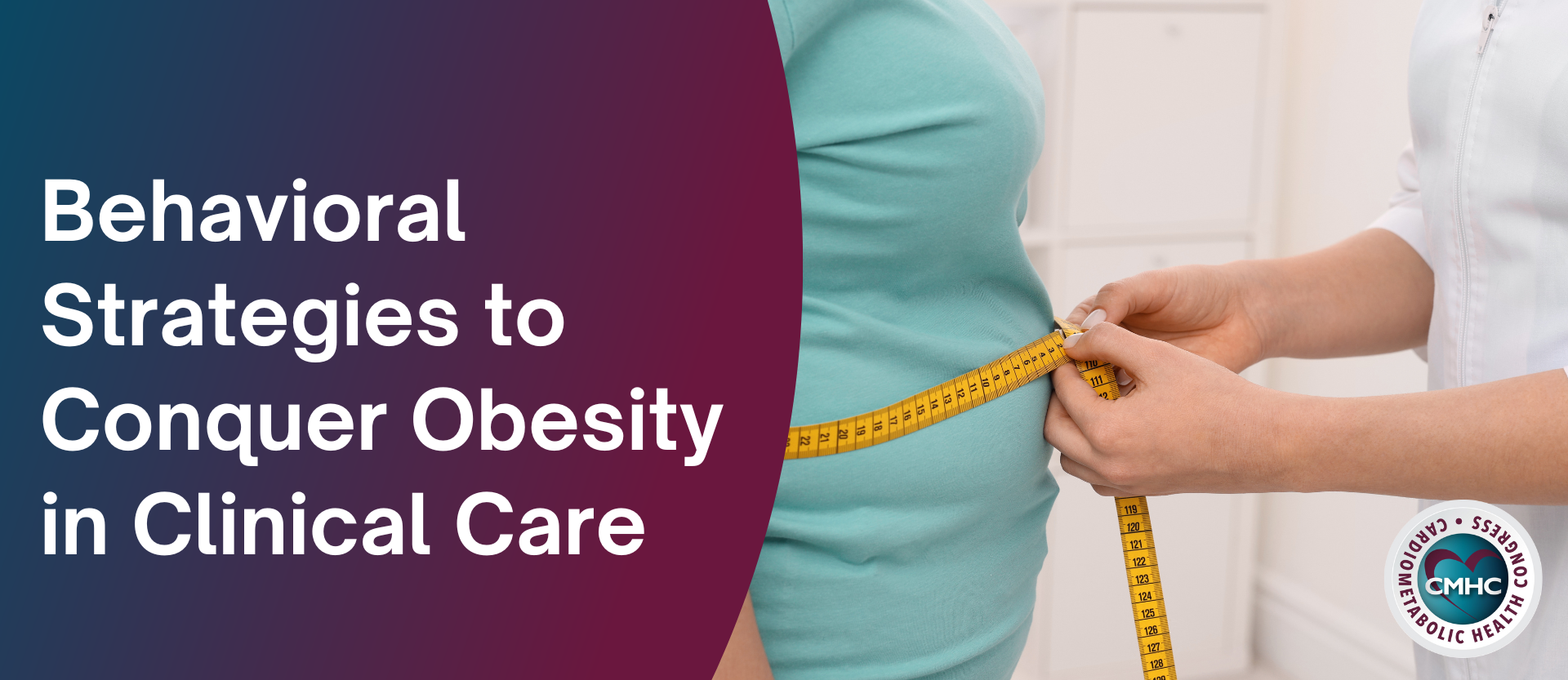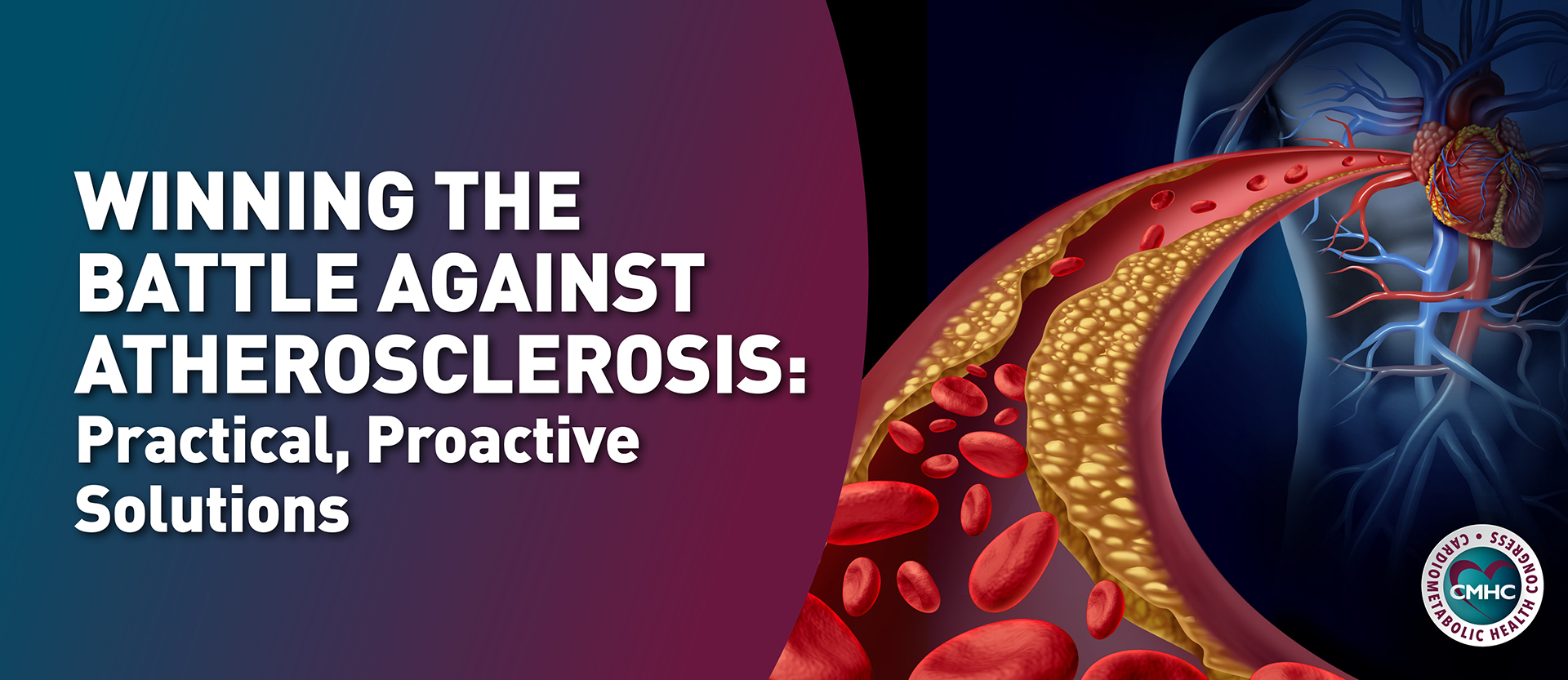Legislation signed into law by President Biden ends the requirement that potential drugs must be tested in animals prior to receiving U.S. Food and Drug Administration (FDA) approval.
The new law – officially called the FDA Modernization Act 2.0 and part of a massive package of spending legislation signed into law by President Biden on Dec. 29, 2022 – has been long awaited by animal welfare organizations, consumers, and members of pharmaceutical companies. For more than 40 years, these groups have advocated to move away from using animals such as rodents, monkeys, and dogs in scientific research and instead focus on using human cells and technology-powered models.

“The failure of the current system that relies on the use of animals for the first round of testing is an open secret,” – Kathy Guillermo, senior vice president of the People for the Ethical Treatment of Animals
Ethical considerations
Using animal models has been standard since the 1938 Federal Food, Drug, and Cosmetic Act required that every drug be tested on animals — even though up to 95% of drugs found to be safe and effective in animals fail during human clinical trials. Based on these 85-year-old guidelines, the FDA requires toxicity tests on one rodent species (mouse or rat) and one non rodent species (monkey or dog) for most drugs, necessitating that researchers test on (and then euthanize) tens of thousands of animals each year. This means that millions of animals have been euthanized in the implementation of an ineffective system; a rat’s internal biology is different from that of a dog, primate, or human.
Financial motivation
Many drug companies have balked at FDA’s animal testing requirement, arguing that it costs millions, slows development, and makes drugs that do reach the market far more expensive. In 2019, Vanda Pharmaceuticals sued the FDA, arguing that additional testing of its antinausea drug in dogs was unreasonable. It is expensive, particularly in primates, to obtain, breed, house, and feed test animals. That cost is passed onto the consumer in the form of expensive drugs and a higher price of health care in general. This financial point was a large motivator – in addition to the ethical issues – for the current legislation. A 2019 survey of pharmaceutical experts estimated that replacing animals could save 10-26% on drug costs.
Nonanimal alternatives
- Cell-based assays. Researchers are able to harvest and grow skin or blood cells from a patient with the disease of interest and lab-test many drugs to see if any reverse the disease process.
- Organoids. These hollow, 3D clusters of cells are derived from stem cells and mimic specific tissues. They have shown promise in predicting liver and cardiac toxicities. Proponents also tout the potential of digital, artificial neural networks for rapidly identifying the toxic effects of drugs.
- Organ chips. Similar to organoids, these allow researchers to better represent the environment inside the body by mimicking the flow of blood past these organoids.
- Mini-models. These have features that resemble tissues and show symptoms of disease, can be used to see if drugs reverse those symptoms, and investigate the effects at the cellular level, which is difficult to do in an animal.
- Technology. Artificial intelligence, machine learning, and computer simulations are becoming increasingly realistic and show promise in mimicking reactions to drugs’ mechanisms of action.
Experts are careful to point out that, while these options show promise, none are at the point where they can reliably replace animal testing yet.
Advocates for using animals
Organizations such as Americans for Medical Progress, a pro-research group, say that nonanimal testing methods don’t capture all the ways a drug might put humans at risk. They argue that introducing a novel drug to, say, a cell-based assay of the liver may not have adverse effects, but that doesn’t give researchers a full picture of how it will affect the rest of the body. They also say nonanimal technologies are still in their infancy and won’t be able to replace animal models for many, many years, a sentiment echoed by those on both sides of the debate.
“We support alternative methods that are backed by science and provide the necessary data showing whether products are safe and effective. We continue to encourage developers working on alternative methods to present their work to the FDA.” – Dr. Namandjé Bumpus, FDA Chief Scientist
Dr. Bumpas, who is also president-elect of the American Society for Pharmacology and Experimental Therapeutics, also notes that as part of the newly signed legislation, the FDA has earmarked $5 million for a project in 2023 geared toward finding methods to replace, reduce, and refine animal testing.
What the law means in practice
Experts are uncertain how much the new law will change drug testing because although the legislation allows a drug to enter human trials without animal testing, it doesn’t require it. Plus, the FDA’s own toxicologists still prefer preferring animal tests because, after the animal is euthanized, they can see a potential drug’s toxic effects throughout the entire body. However, reducing animal testing will save time and money, pose less risk for lab workers and avoid the need to dispose of contaminated animals. The transition from animal testing to alternatives will be slow, but this policy opens the door for ethical, financial, and process improvements.
“[We will] implement all applicable provisions in the [new bill] and continue to work with stakeholders to encourage the development of alternative testing methods.” – FDA spokesperson
Sources:
- https://medicalxpress.com/news/2023-01-animal-longer-required-drug-high-tech.html
- https://www.science.org/content/article/fda-no-longer-needs-require-animal-tests-human-drug-trials






